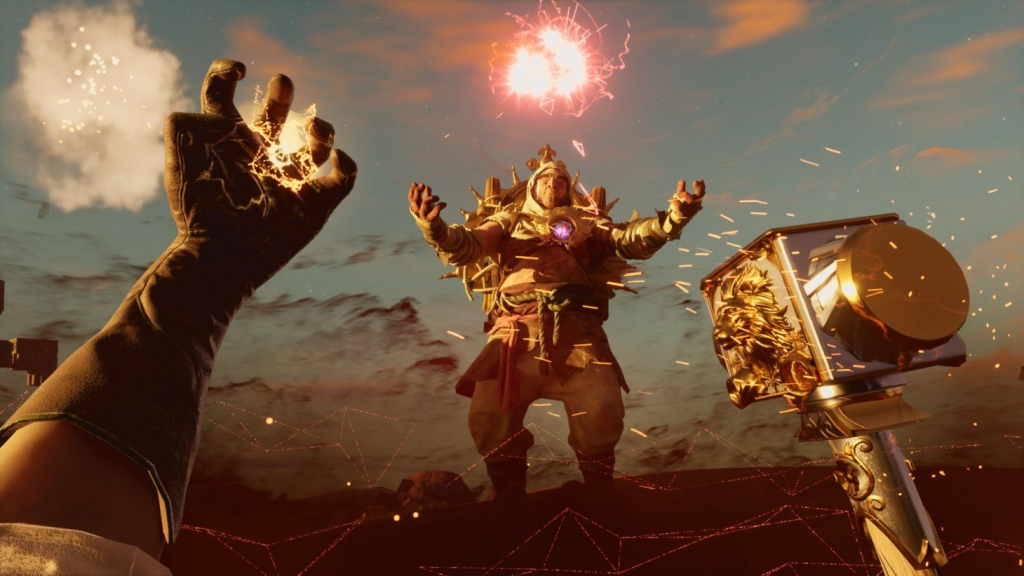Office Address
S.C Chatterjee Road - Bandel
Prantik Benepukir
IN - West Bengal
Hooghly - 712123

Ah, 2024, the year when “Early Access” has become synonymous with “Day Before Scenario”. The latest gem to grace this illustrious category is none other than the Nightingale game. A shining beacon of UE5 optimization, or should we say, a glaring example of how not to optimize a game.
We content writers have one more thing to “ABABABA about” what? – let us complain in peace XD

Let’s start with the positives, because every cloud has a silver lining, right? Nightingale, in its infinite wisdom, offers us good building mechanics. It’s like playing with a set of Victorian-era LEGO blocks but in a video game. The visually captivating environment is a sight to behold if you can get past the crashes and see them.
The game also boasts a unique and captivating story, a breath of fresh air in the survival crafting genre. It’s like reading a novel but with more crafting and less coherence.

Now, let’s dive into the cons, or as I like to call it, the “mock-worthy material”. Nightingale is a masterclass in unoptimization. It’s so unoptimized, it makes a sloth look like Usain Bolt. The game crashes even on high-end systems, making it a perfect stress test for your brand-new gaming rig.
The overly complicated crafting is another feature that deserves a standing ovation. It’s like trying to assemble IKEA furniture without the manual. The combat takes too long to get fun, much like waiting for a pot of water to boil. And let’s not forget the repetitive landmarks, because who doesn’t love déjàrk vu?
The game’s UI isn’t very user-friendly, which is a polite way of saying it’s as intuitive as a Rubik’s cube. And the procedurally generated maps’ emptiness is a testament to the game’s commitment to minimalism.

Our friends on Reddit have also chimed in on the Nightingale experience. Concerns about dated graphics, performance issues, floaty and unsatisfying combat, terrible enemy AI, and overall disappointing gameplay have been echoed across the platform. But hey, it’s early access, right? What more could we expect?
In summary, the current state of game development with advanced engines presents both opportunities and challenges. These engines offer innovative features that can enhance the gaming experience, but they also require substantial resources and optimization efforts.
An empty scene with a few textures can consume significant memory, and additional features further increase resource consumption. The buffer system takes up memory regardless of the number of meshes used, and resolution settings can impact performance.
Moreover, the tools provided for optimization, while useful, can sometimes make it difficult to pinpoint the actual cause of performance issues.
Given these factors, it seems that more hardware advancements and years of optimizations are needed for games made with these engines to fully utilize all of their innovative techs without being too resource-intensive. Until then, games developed with these engines might remain more of a novelty than a mainstream choice for game developers. This doesn’t diminish the potential of these engines but rather highlights the need for continuous improvement in the field of game development.
If you would like to read my other articles, click here.